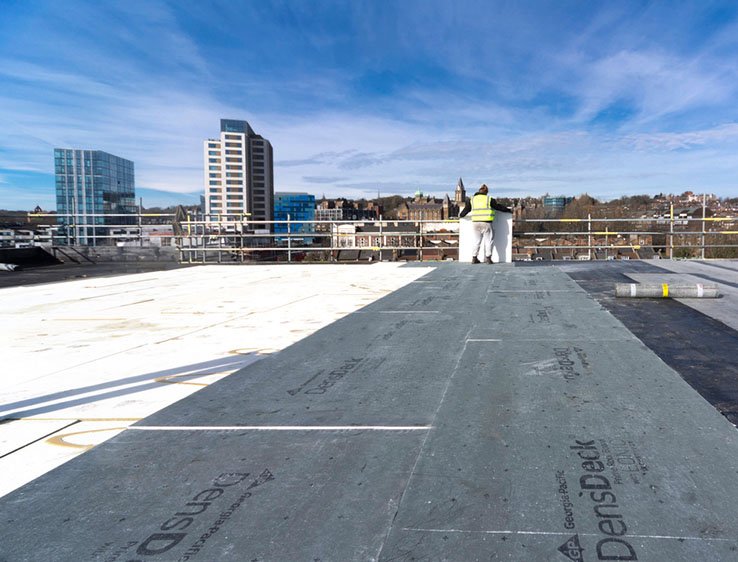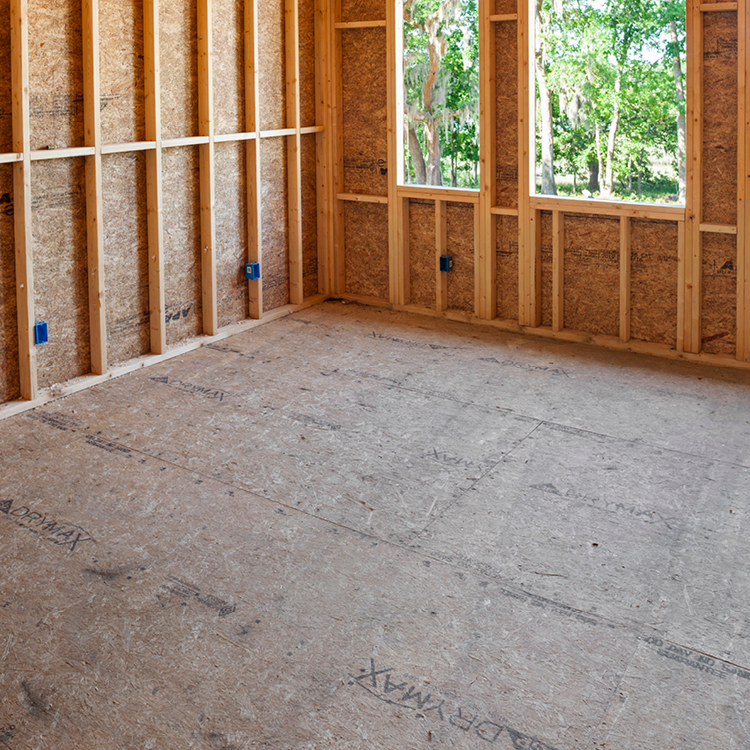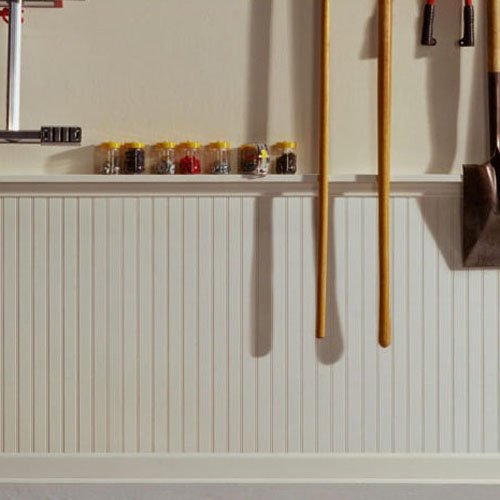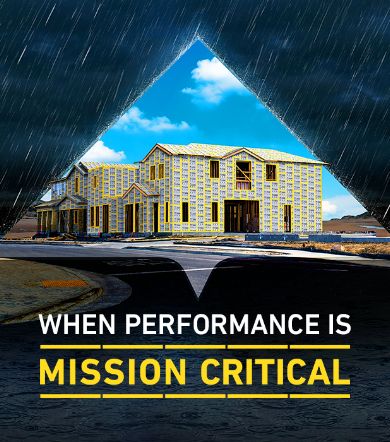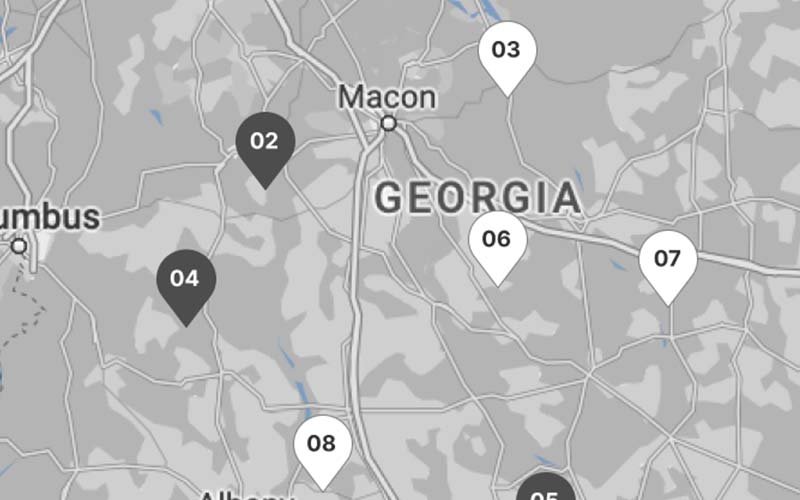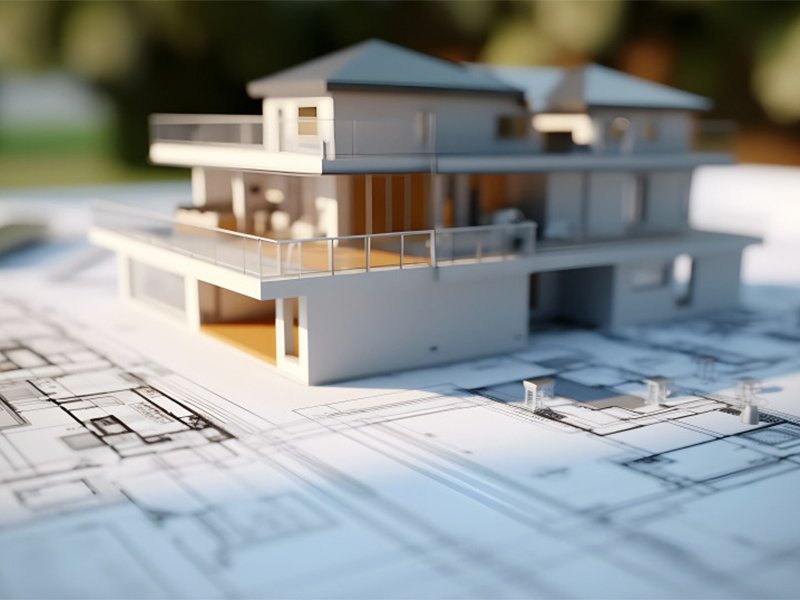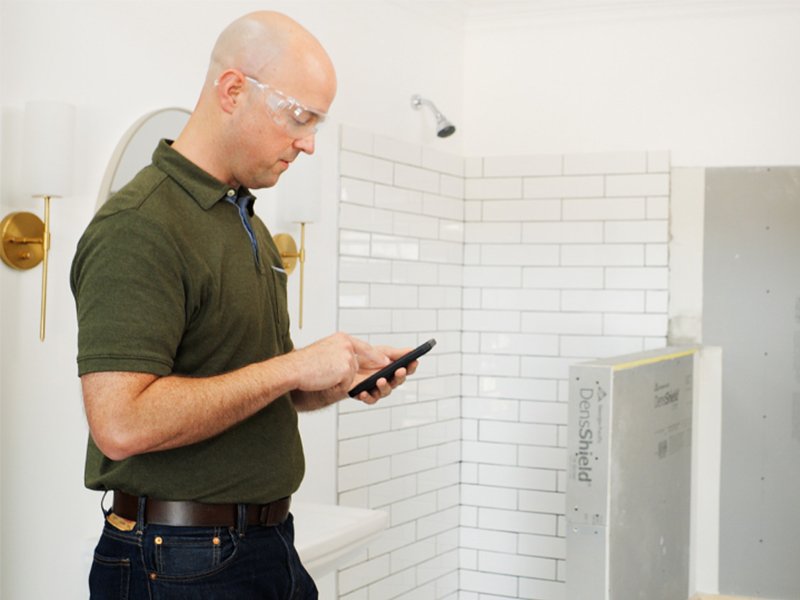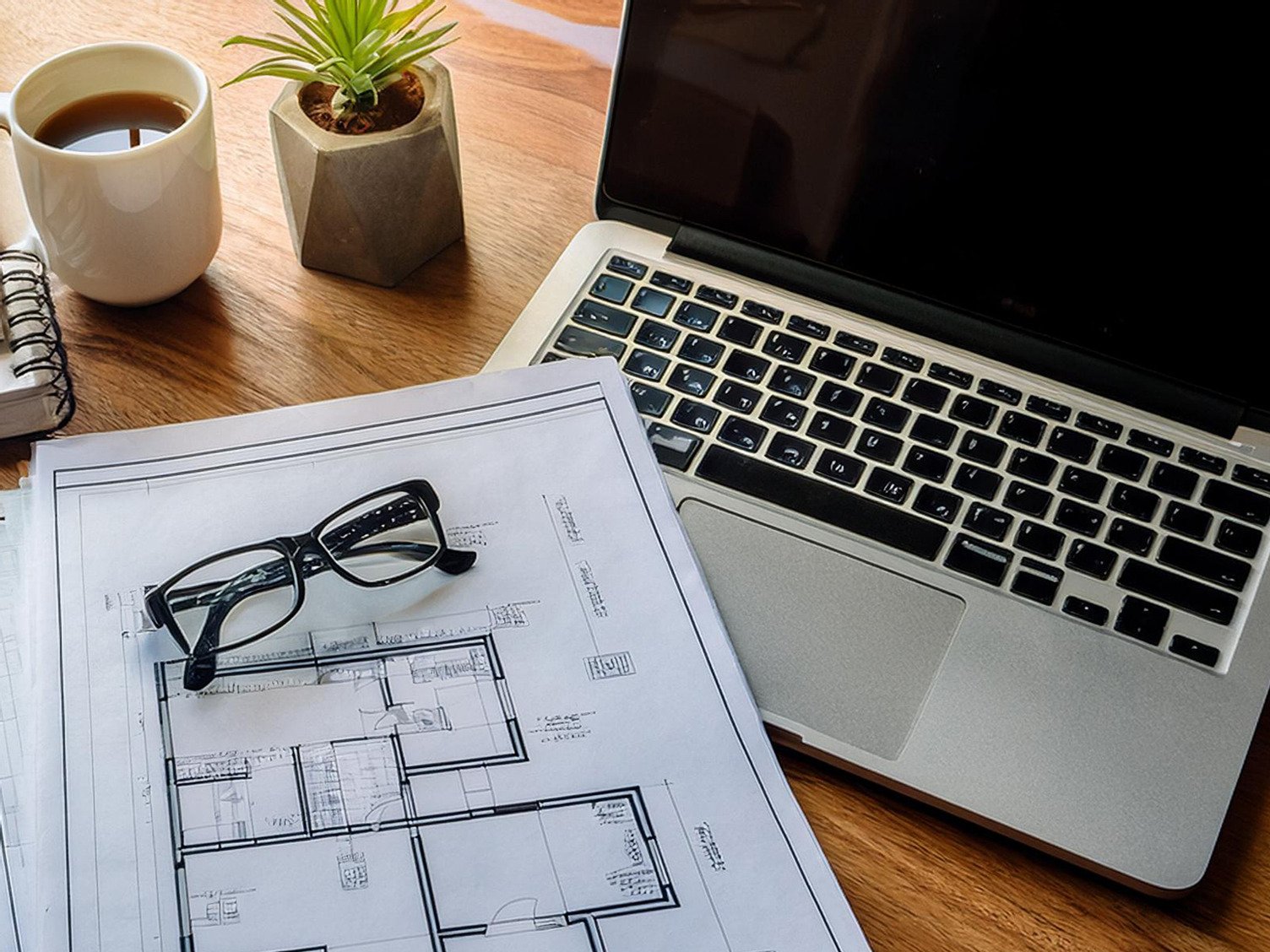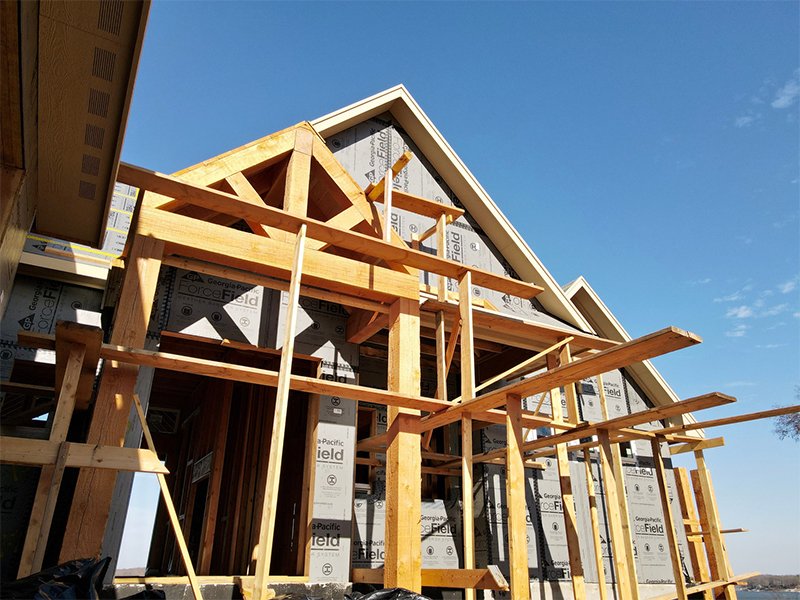Our Products
Building products to suit a variety of applications.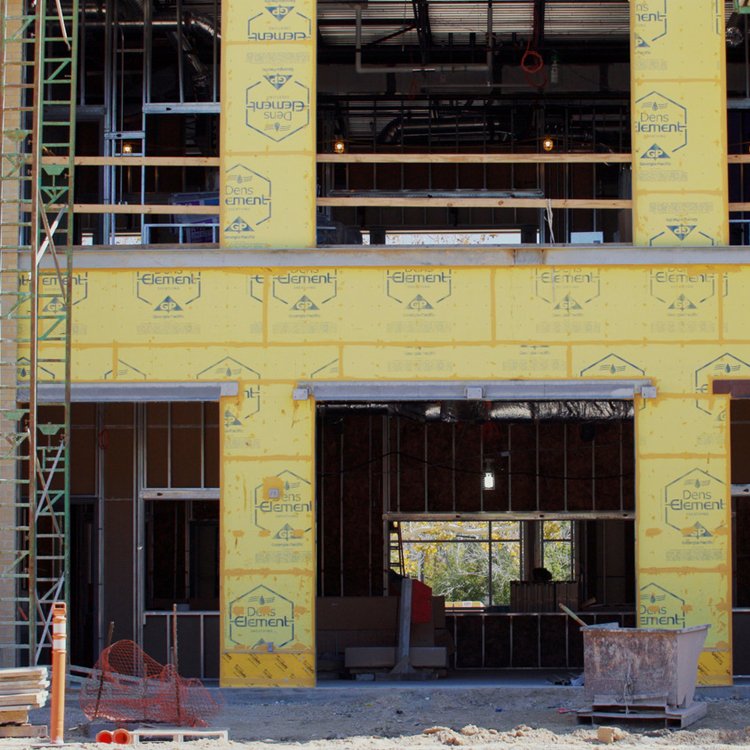
Explore our variety of interior and exterior wall and ceiling applications. We pride ourselves in our gypsum and wood panels alongside our supporting accessories.
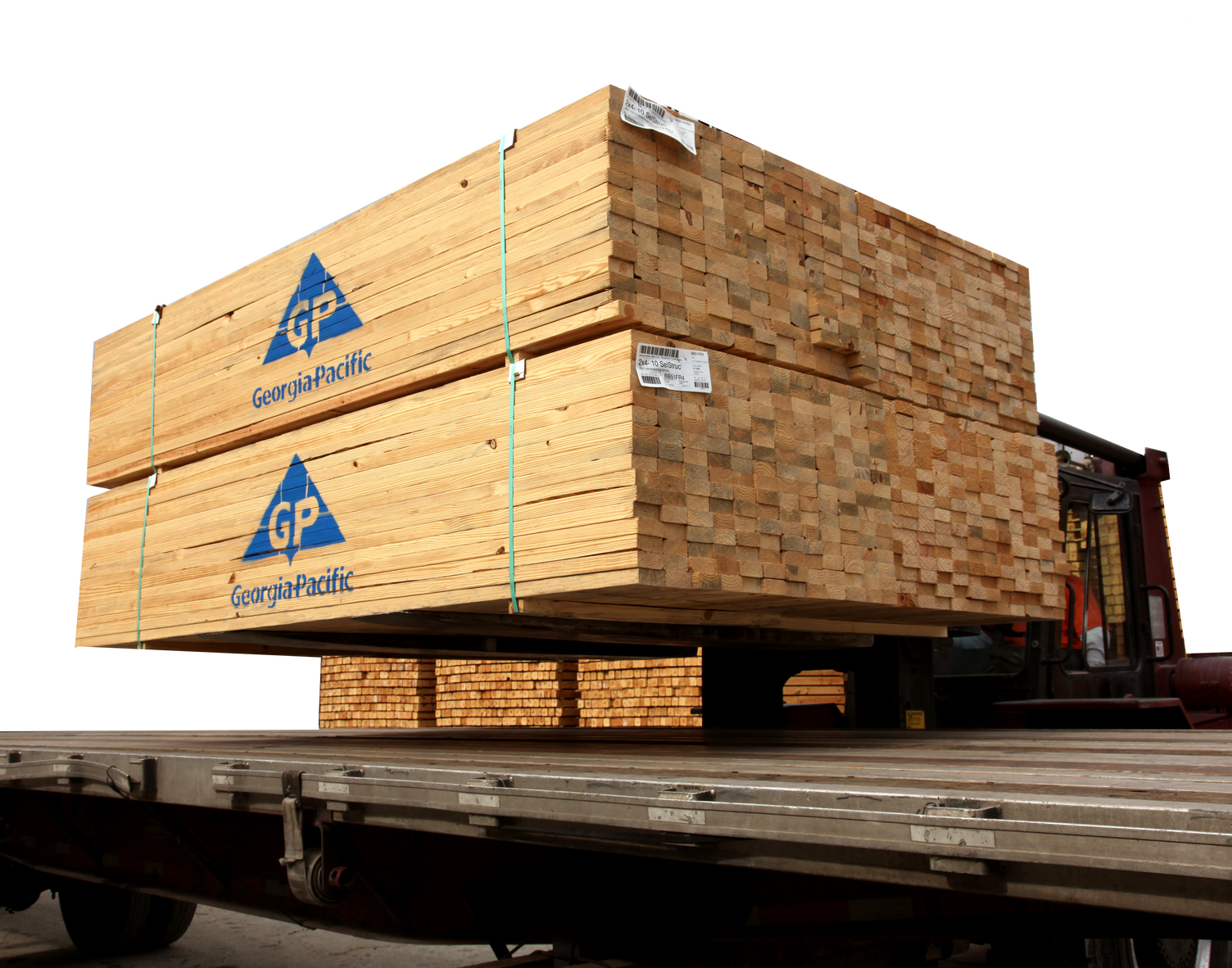
Our company was founded on lumber back in 1927, but it’s what we offer today that makes our lumber such a trusted choice. See our variety of grades and sizes in our strong and versatile Southern Yellow Pine.
Gypsum and Wood Solutions
Materials for construction and specialty applications.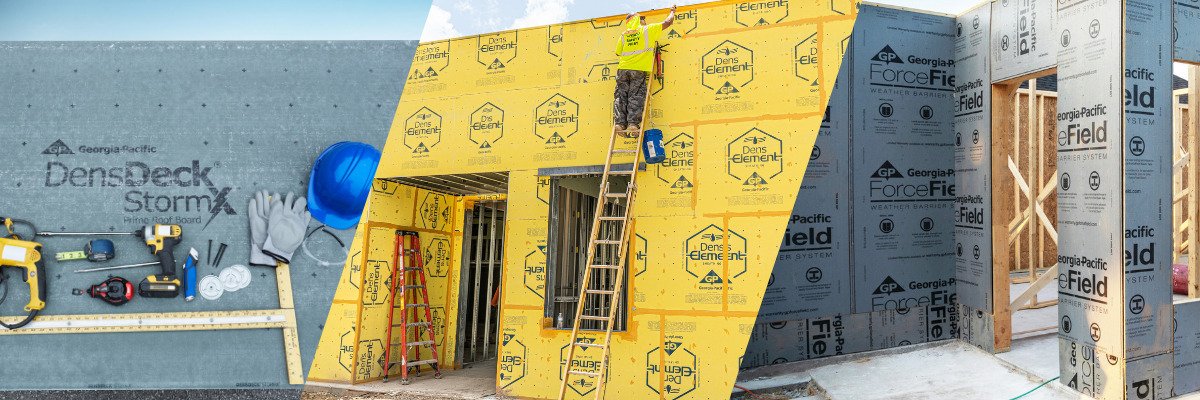
Choose an option below:
DensDeck
The DensDeck® portfolio of commercial roof board solutions provide solid defense against the most common forms of damage and wear: fire, wind, puncture, and hail.
Learn MoreDensElement
ForceField
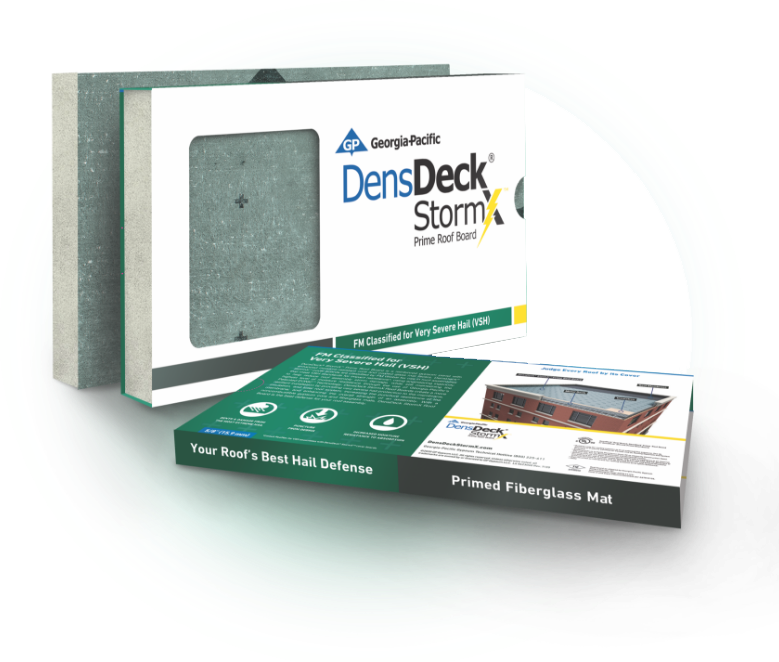
Request a free sample today and experience the quality and innovation of our premium building products.
Learn More →
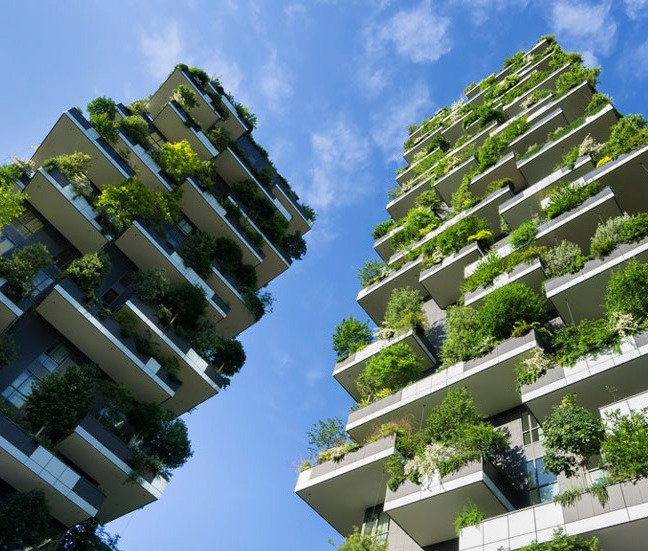
Fill out our LEED® request form and our technical services team will get back to you shortly.
Learn More →
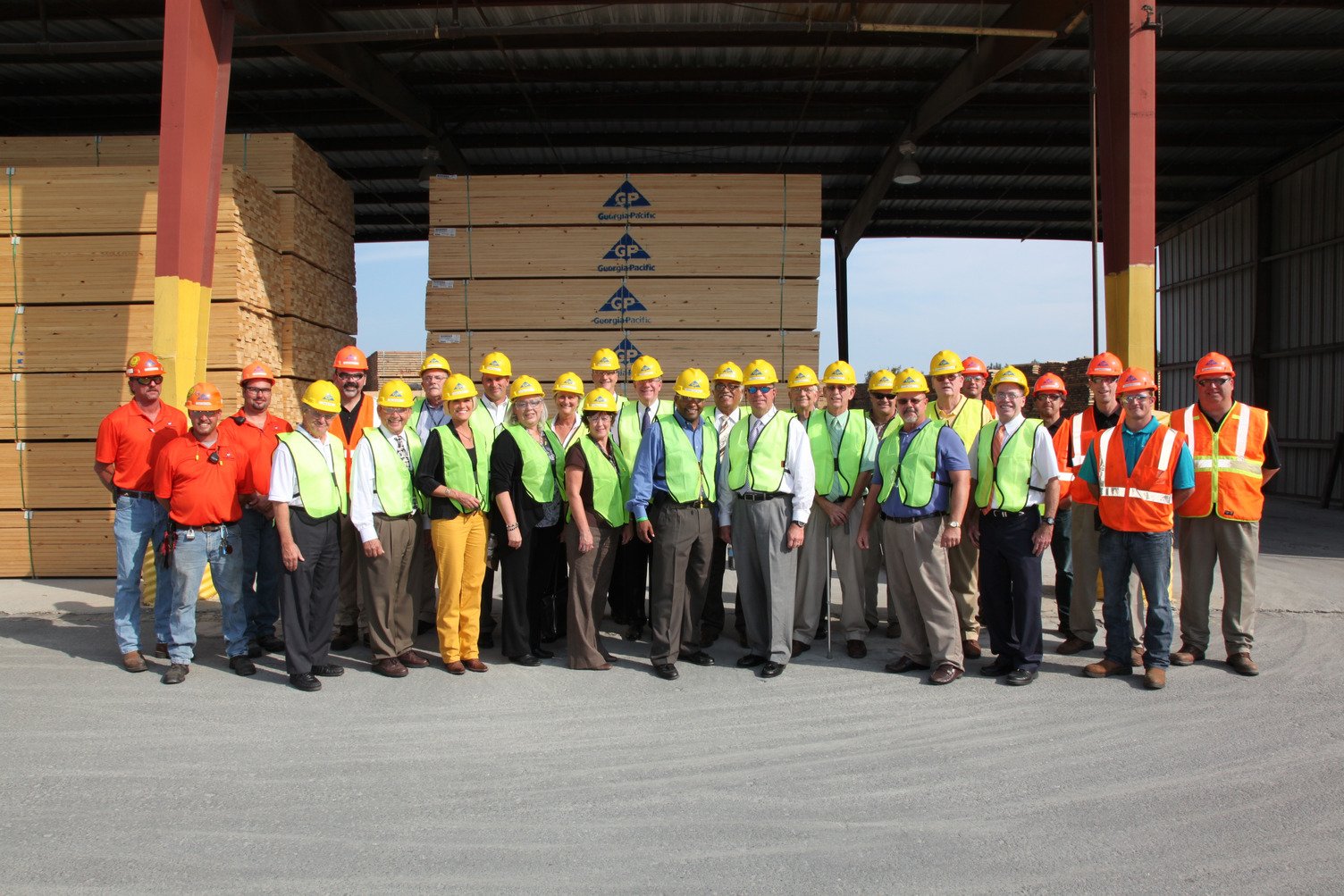
Stewardship
We experiment and innovate to responsibly create more value while consuming fewer resources. Our approach to stewardship also includes contributing to the continued success of communities where we operate through three key focus areas – Environmental, Social and Governance.Learn More
